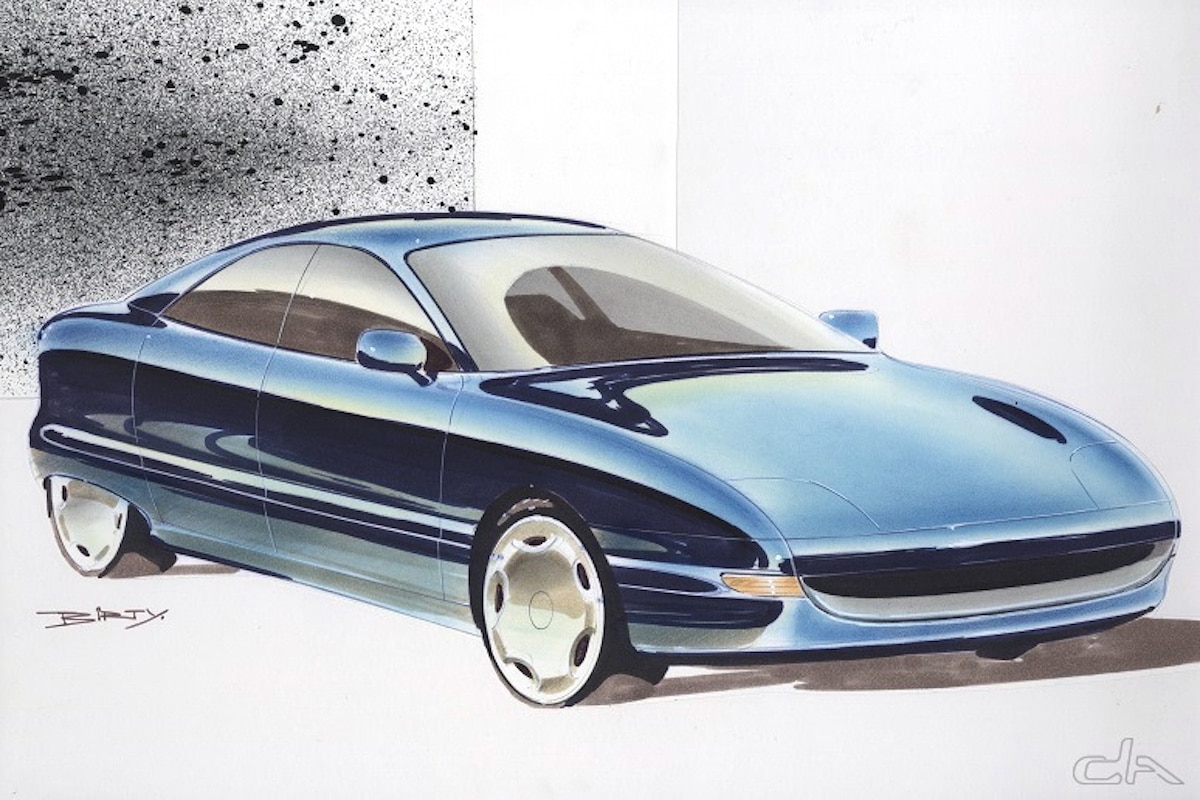34 Years Ago, Mazda Dreamed of W12 Engines and Luxury with Amati

On August 20, 1991, Mazda surprised the automotive world by announcing the creation of a luxury brand called Amati.
Ambitious, this initiative aimed to allow Mazda to compete with Lexus (Toyota), Infiniti (Nissan), and Acura (Honda), the premium brands that were already attracting the North American market.
At the time, Mazda was on the rise. Its family and sports models were renowned for their reliability and driving pleasure. Building on this success, the company envisioned an entirely new lineup, sold through a distinct network. Amati was meant to embody discreet luxury, based on Japanese precision and technical innovation.
The plans included a high-end sedan powered by a new W12 engine, a sleek coupe, and a more affordable mid-sized sedan. The ambition was clear: to make Mazda a credible player in the premium segment, relying on refined design, advanced technologies, and exclusive customer service.
And Mazda’s dream hits the wall of reality
But the dream was short-lived. In the early 1990s, the Japanese economy faltered after the bursting of the speculative bubble. Manufacturers had to cut their spending and refocus their priorities. Launching a new global brand, with specific models and a dedicated distribution network, became too risky of a gamble.
In 1992, the Amati project was officially abandoned. The prototypes and design studies would never progress beyond the concept stage. However, some technical elements developed for Amati were reused in other Mazda models or shared with partners like Ford.
You might be interestedin this article:
Today, Amati remains one of the great “what ifs” of the automotive industry. If Mazda had succeeded in its gamble, the Japanese luxury automotive landscape might have featured a fourth player. However, the failure did not stifle the brand’s innovation, as it focused on refining its existing ranges and creating vehicles with strong character, such as the MX-5 and the recent high-end SUVs.
More than thirty years later, Amati symbolizes the daring and limits of an era when Japanese manufacturers sought to conquer all segments of the global market. A dream too costly, yet it reflects Mazda’s ambition at the height of its glory.
READ ALSO: 67 years ago, the automotive star Packard extinguished
This page is translated from the original post "Il y a 34 ans, Mazda rêvait de moteur W12 et de luxe avec Amati" in French.
We also suggestthese articles:
Also read





